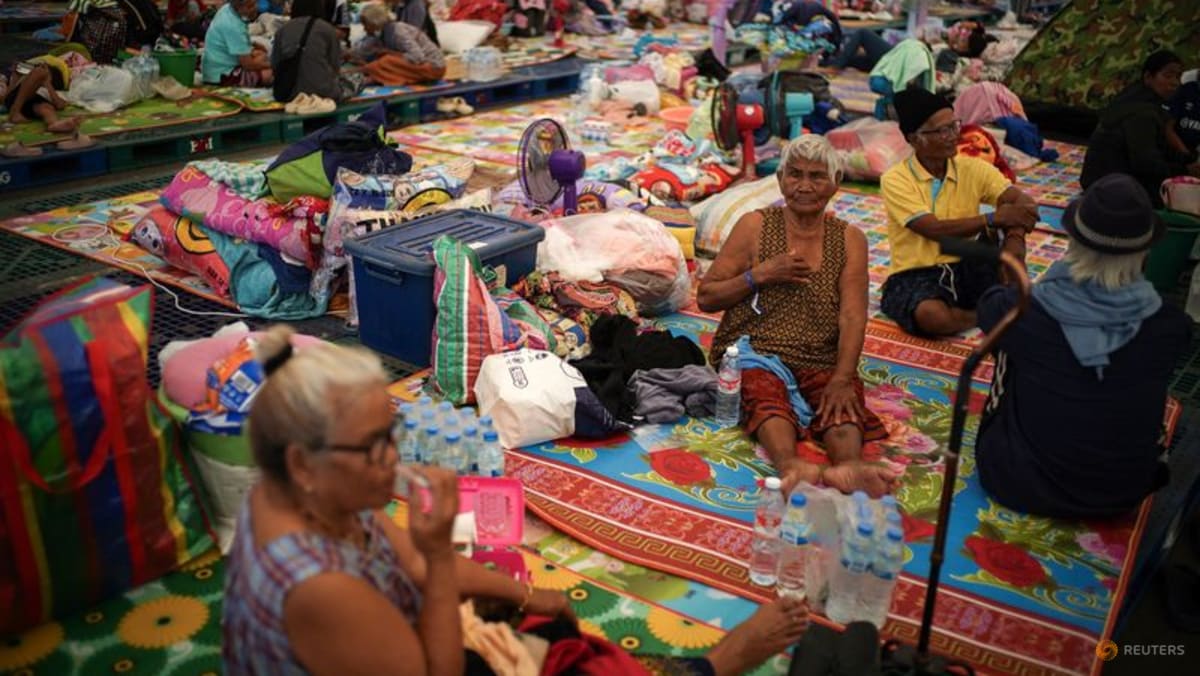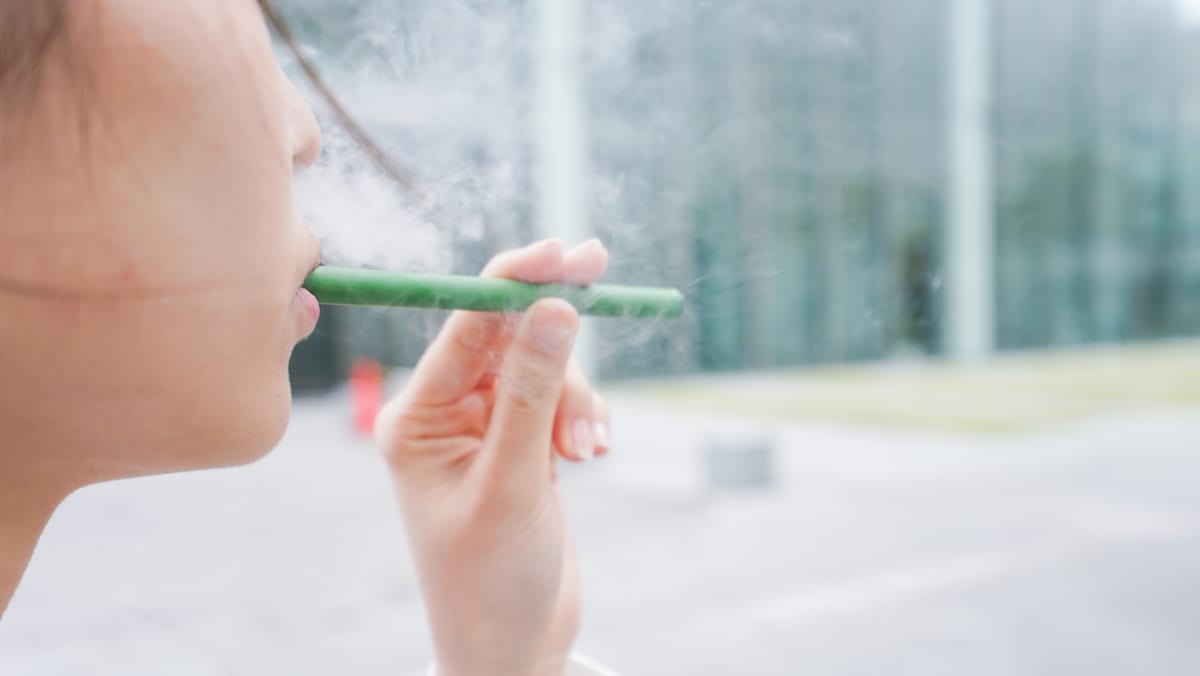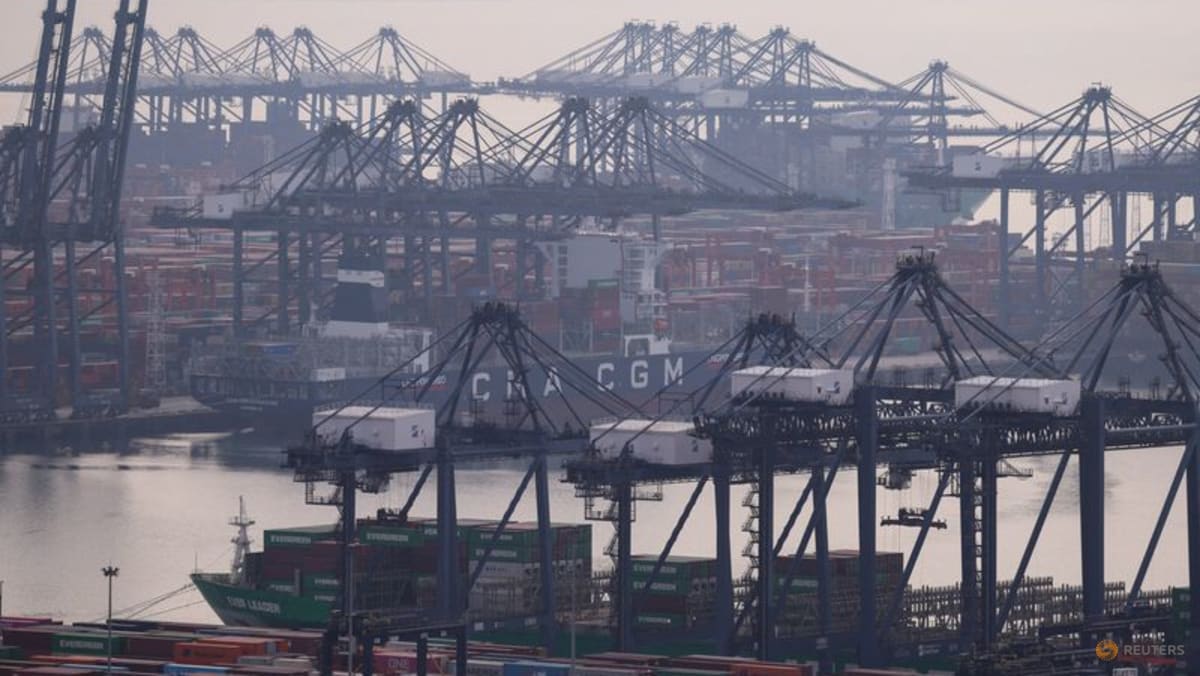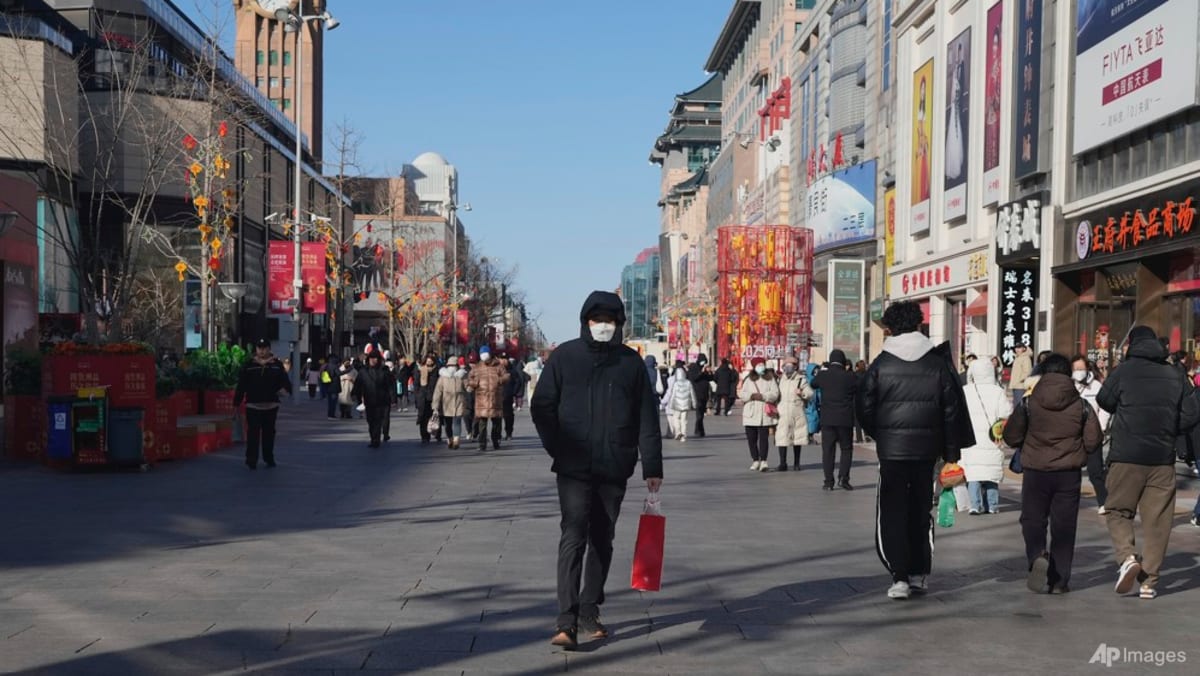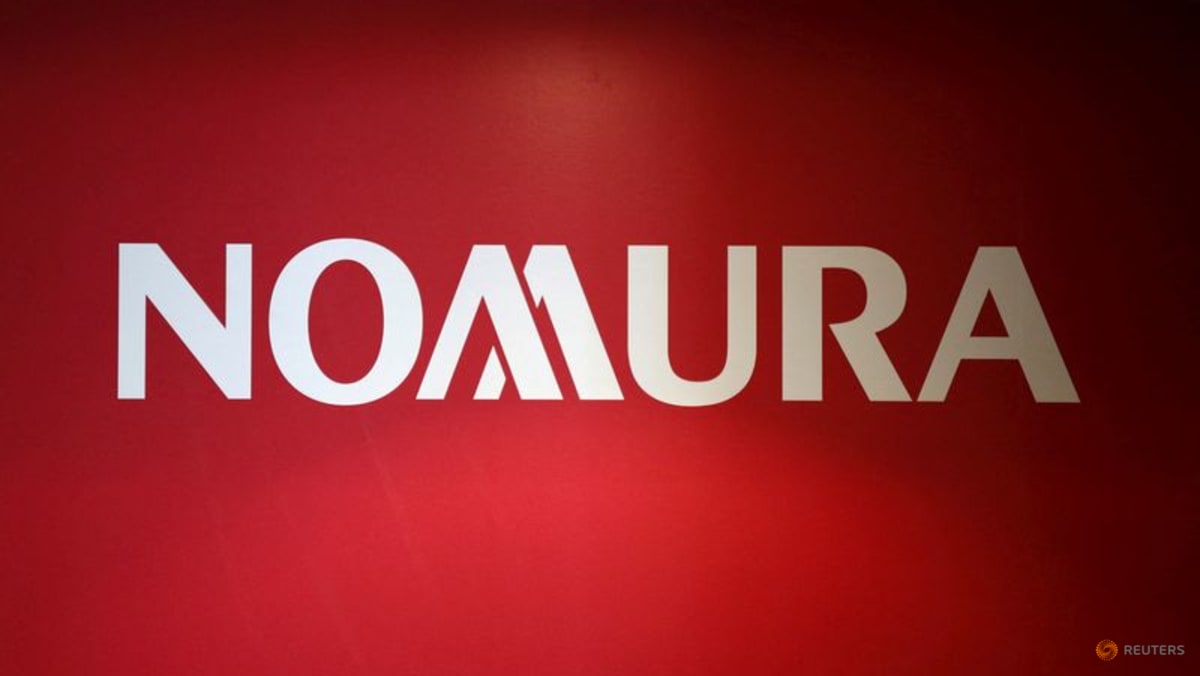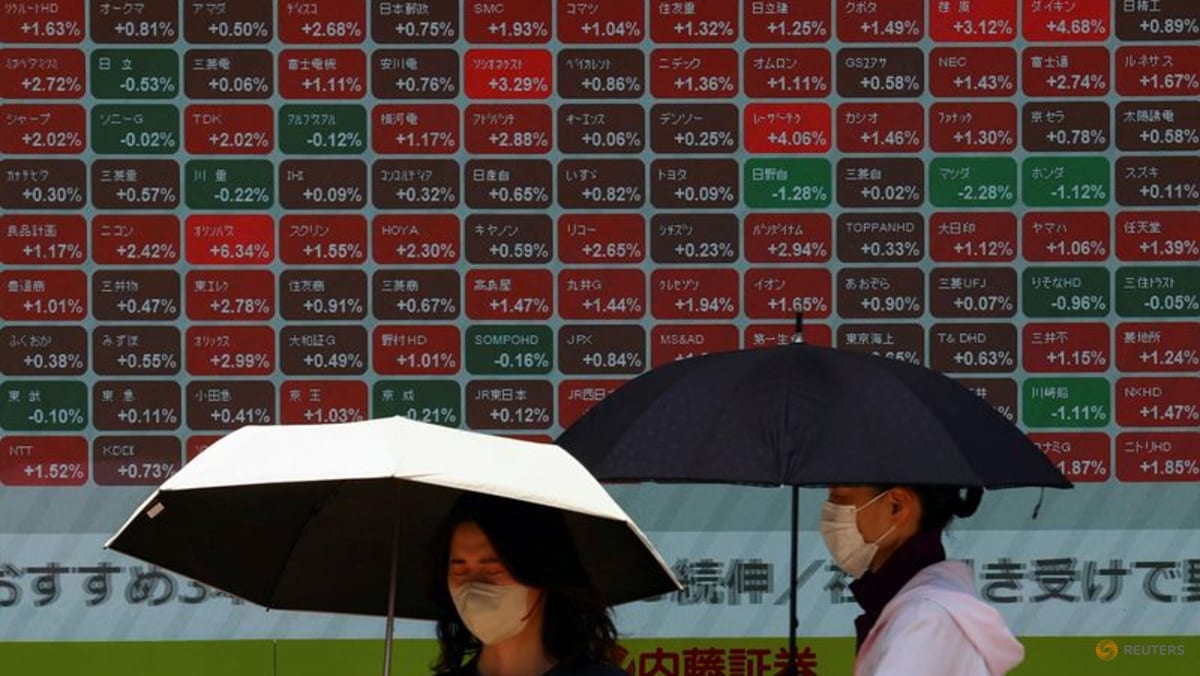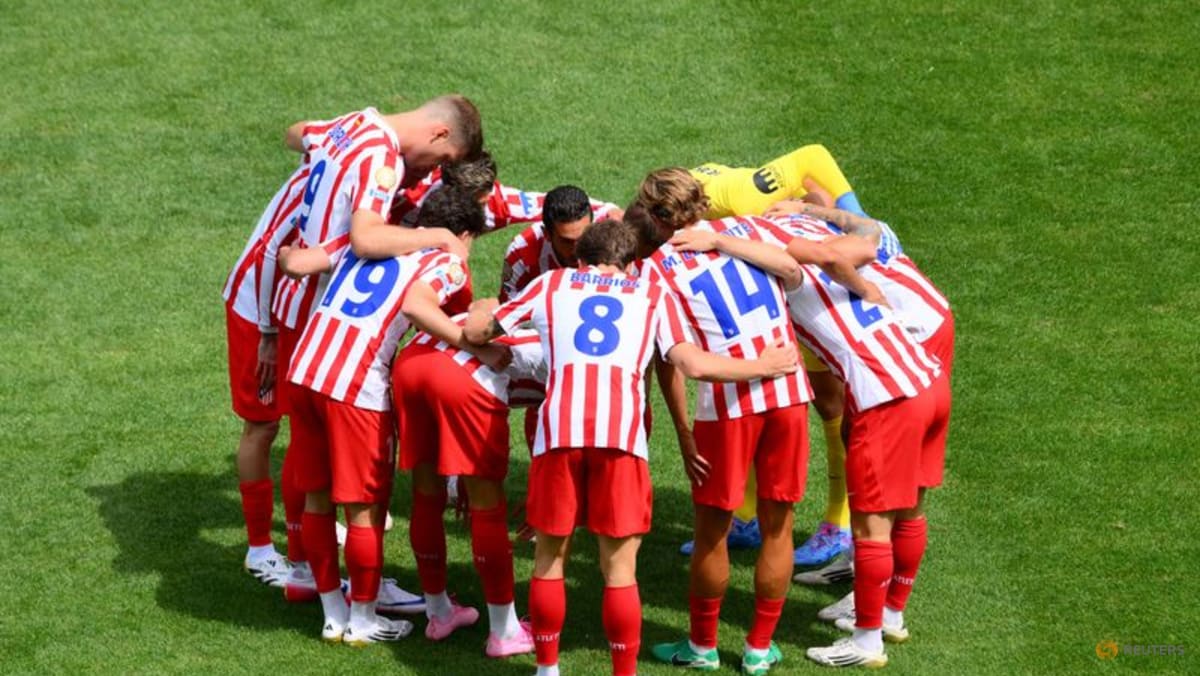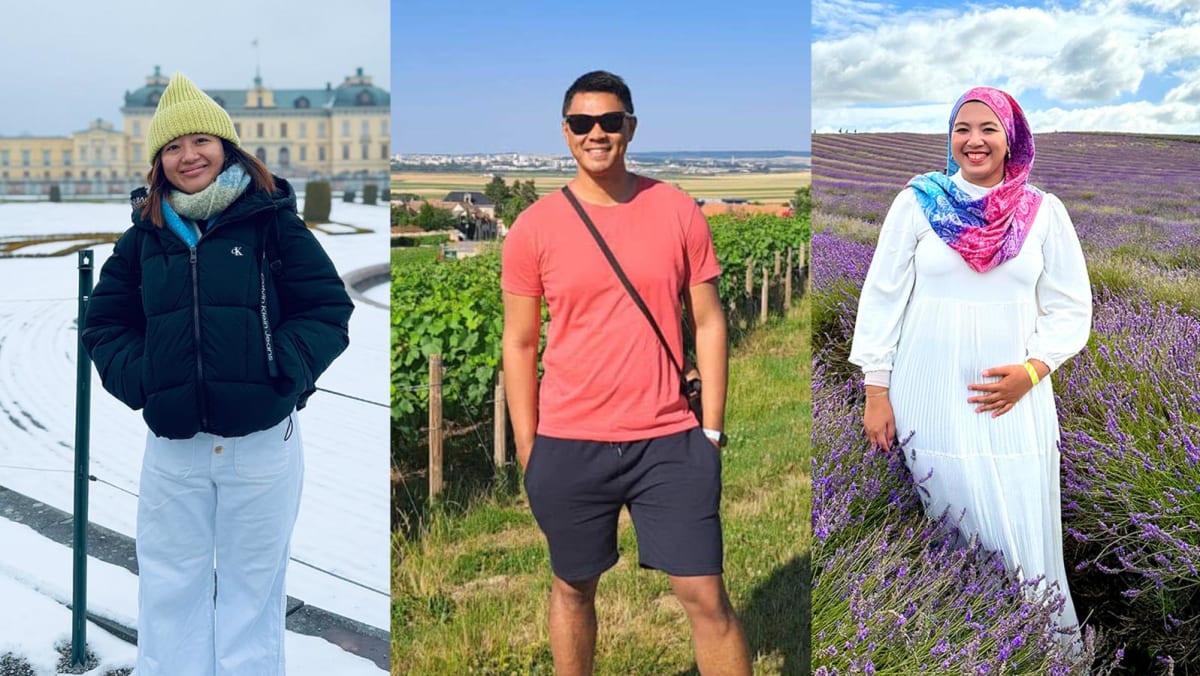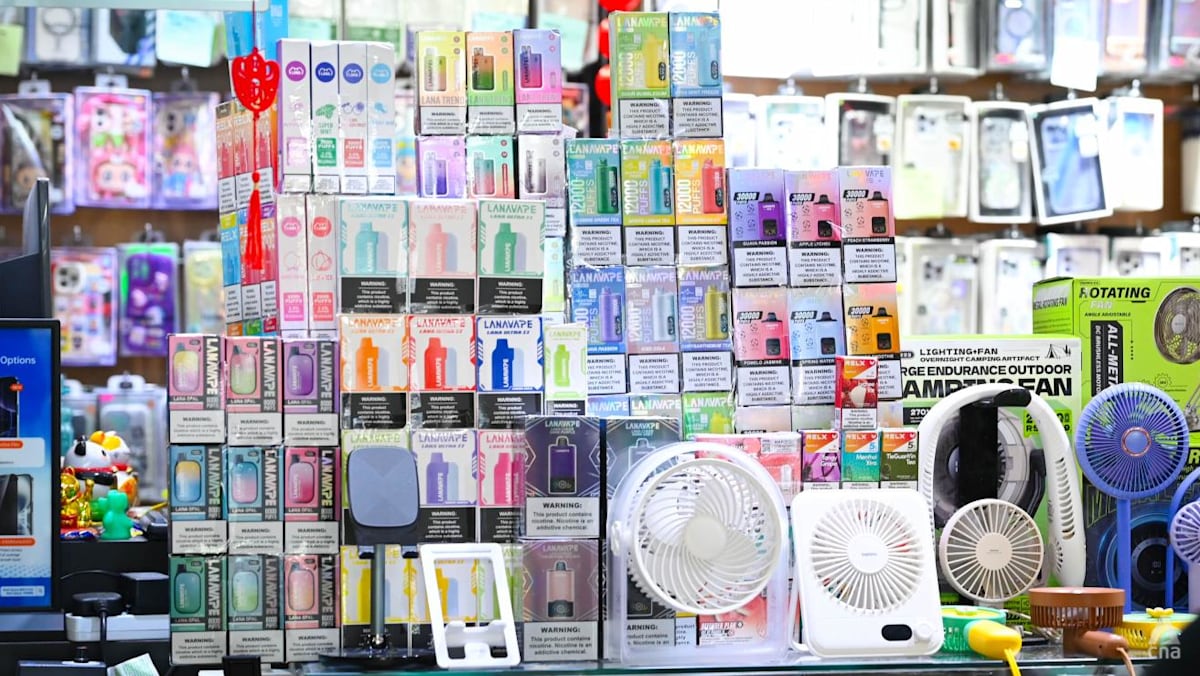Once on the Silk Road, Ningxia – a thumbnail-sized region in north-central China – is now recognised globally for its winemaking prowess.
In just three decades, it has transformed into a vinous powerhouse. At last count, the region boasted 228 wineries and a yearly production of 138 million bottles annually, with output set to double in the coming years. Among China’s many wine production regions, Ningxia leads not only in sheer volume but also in its impressive haul of international accolades.
NINGXIA: CHINA’S NEW WINE FRONTIER
Located 1,100 km west of Beijing, Yinchuan, the capital of Ningxia Hui Autonomous Region, sits on a high-altitude plain and is home to just over seven million people. Once synonymous with coal production, the region has reinvented itself through wine – now a cornerstone of its economic future.
The secret lies in geography. Ningxia straddles the 38th parallel, the same latitude as California’s Napa Valley. Its dry climate, scant rainfall and low humidity (about half that of Singapore) reduce disease pressure on vines. A dramatic difference between day and night temperatures helps grapes retain acidity, while generous sunshine ensures ripeness.
The transformation was fuelled by heavy investments from the local government. Millions of dollars were spent on making the land fertile through irrigation from Yellow River that traverses the plains.
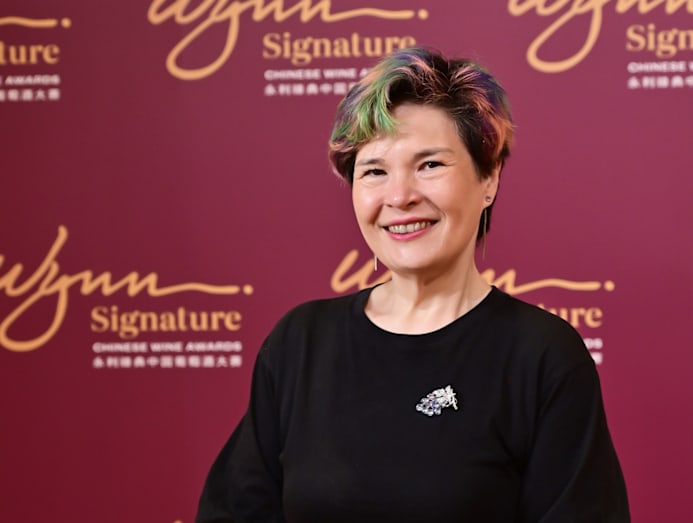 China-based Master of Wine Fongyee Walker. (Photo: Wynns Resort Macau)
China-based Master of Wine Fongyee Walker. (Photo: Wynns Resort Macau)
The plantings are clustered along the eastern foothills of the Helan Mountains, which run north to south and shield the vines from Siberia’s icy winds. However, in the autumn, vines across the region have to be laboriously buried to protect them from freezing at minus 26-degree Celsius temperatures.
China-based Master of Wine Fongyee Walker has watched the region grow from obscurity to a leading force in the Chinese wine industry.
“Thirty years ago, the only producers were big, anonymous brands like Xixia King,” recalled Walker, who is also a wine educator and consultant. “Now, you see premium, small-scale wineries along the lines of more like Napa Valley.”
That growth has been staggering. Ningxia is home to approximately 38,000 hectares of vineyards (exact numbers are unknown), and the wines have evolved from being drinkable to desirable, finding audiences far beyond China.
THE PIONEERS
Among the early pioneers was soil scientist Wang Fengyu, who in the 1990s believed that Ningxia could produce fine wines.
“It was 1995. People in the north did not drink wine then, and did not understand what fine wine meant,” his daughter Wang Fang shared when we met in Ningxia this year. Fang confessed she didn’t share her father’s vision for Ningxia and moved to Germany.
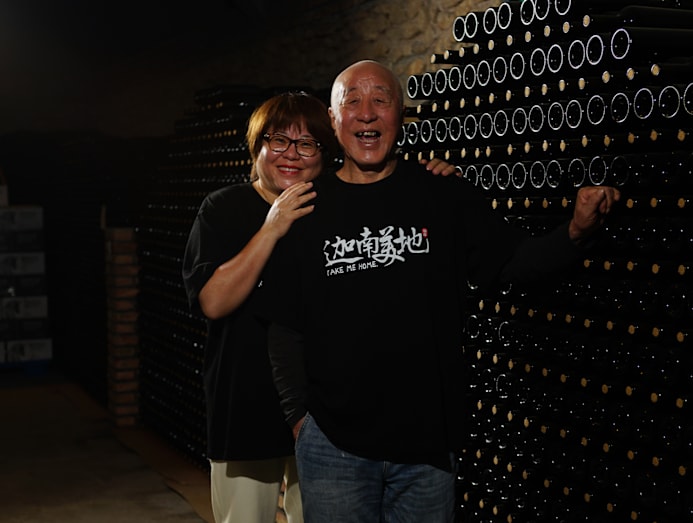 Wang Fang and Wang Fengyu. (Photo: Kanaan Winery)
Wang Fang and Wang Fengyu. (Photo: Kanaan Winery)
In 2005, her father co-founded Helan Qingxue winery with another veteran, Rong Jian, and the talented young winemaker Zhang Jing, and planted Bordeaux varietals.
In 2011, the winery submitted its flagship wine, Jia Bei Lan Cabernet Sauvignon 2009, at the Decanter World Wine Awards. The wine won China’s first gold medal – a breakthrough moment for the country, not just the region. China was on the international map.
Meanwhile, Fang returned home in 2010, and her father offered her a plot of land. Attitudes towards wine had changed by then, and Fang was receptive.
“At that time, people called wine hongjiu, meaning red wine. For them, red wine is wine,” shared Fang, who planted Riesling, a German varietal she grew a fondness for during her travels. Against all odds, the Riesling vines thrived, and Fang managed to create vibrant, fruit-driven expressions that are exported across the world and served in Cathay Pacific premium cabins.
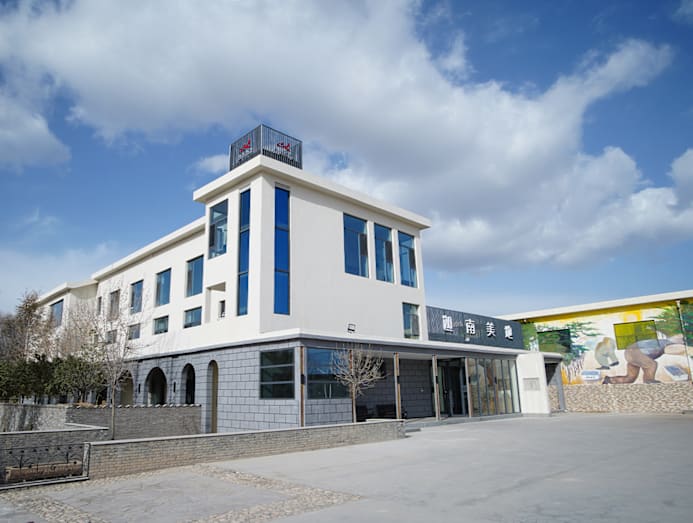 Kanaan Winery is located in the eastern foothills of the Helan Mountains in Ningxia. (Photo: Kanaan Winery)
Kanaan Winery is located in the eastern foothills of the Helan Mountains in Ningxia. (Photo: Kanaan Winery)
Among other varietals, Marselan has gained traction. This obscure French varietal – a hybrid between Cabernet Sauvignon and Grenache – is deeply coloured with riper fruit and softer, supple tannins.
China-based Master of Wine Julien Boulard pointed out that the varietal exhibits a distinct floral character of violet, referencing the parent grape Grenache, and then the classic herbal aromatics associated with Cabernet Sauvignon.
Boulard, among many, believe that Marselan has what it takes to become China’s signature varietal. It appeals to the Chinese palate, he said, and is suitable for most growing regions, allowing for the production of an entry-level top wine, which is integral to its mass popularity.
Others, like Walker, believe it’s too early for China to adhere to a signature. “We are too big and diverse,” she said, referring to the various wine regions in China where Marselan is being planted. “I think it’s too dangerous to go down the signature varietal route.”
In white varietals, Chardonnay is hugely popular and widely planted across vineyards, such as the behemoth Xige Estate, which has the capacity to produce 10 million bottles. Xige’s N28 Chardonnay won Best White Wine at the inaugural Wynn’s Chinese Awards 2024. More stunning expressions are produced like the Family Reserve Chardonnay by Silver Heights. The 2021 vintage won a Gold award at Decanter World Wine Awards.
 Master of Wine Julien Boulard. (Photo: Wynns Resort Macau)
Master of Wine Julien Boulard. (Photo: Wynns Resort Macau)
A NEW WAVE OF WINEMAKERS
The region is attracting local and international talent. French-trained Emma Gao of Silver Heights and Peng Shuai of boutique vineyard, Domaine des Aromes, are among those who have built award-winning wineries after studying and working abroad.
And then, the next generation of winemakers is emerging. “These are modern negotiant-style concepts where they're buying grapes and leasing winery space, as opposed to capitalising entire winery and vineyards,” said winemaker Eddie McDougall, founder of the Wynns Chinese Awards.
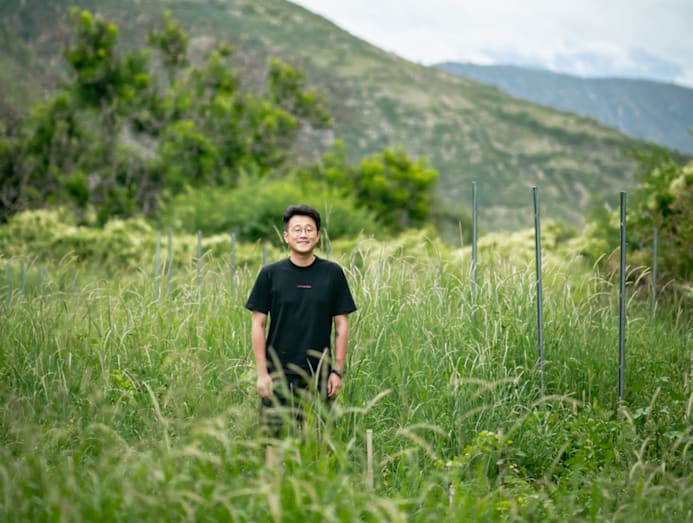 Ian Dai, winemaker of the natural wine project Xiao Pu. (Photo: Graeme Kennedy/Xiao Pu)
Ian Dai, winemaker of the natural wine project Xiao Pu. (Photo: Graeme Kennedy/Xiao Pu)
One such producer is Ian Dai, winemaker of the natural wine project Xiao Pu. He also helms a wine collective called Young Generation China Wine, a group of small, independent winemakers who are redefining the conservative winemaking style. Across China, many such initiatives exist.
“They're drawing on the best resources from everyone and then producing wines under their own labels and selling them,” he shared, highlighting their success at the Wynn’s awards over traditional, established players. “It’s ruffled a few feathers from the old guard, but in a very positive way. I found that the Chinese wine industry is about embracing each other’s success. Everyone wants to do well together.”
AWARDS AND RECOGNITION
In 2024 and 2025, Ningxia wines stole the spotlight at the Wynn’s Chinese Wine Awards, winning nearly half the top honours. At the Concours Mondial de Bruxelles awards, held in Ningxia, the local wines outshone those from all other regions. At Decanter World Wine Awards 2025, China celebrated a landmark year with 13 top-scoring wines. Once again, 53 per cent of China’s top entries came from Ningxia.
Besides international recognition, the region faces a unique set of challenges.
“The challenge of China is that it's very difficult in the key regions like Xinjiang and Ningxia, to have any real longevity in their vineyards because of the vine burial,” said McDougall.
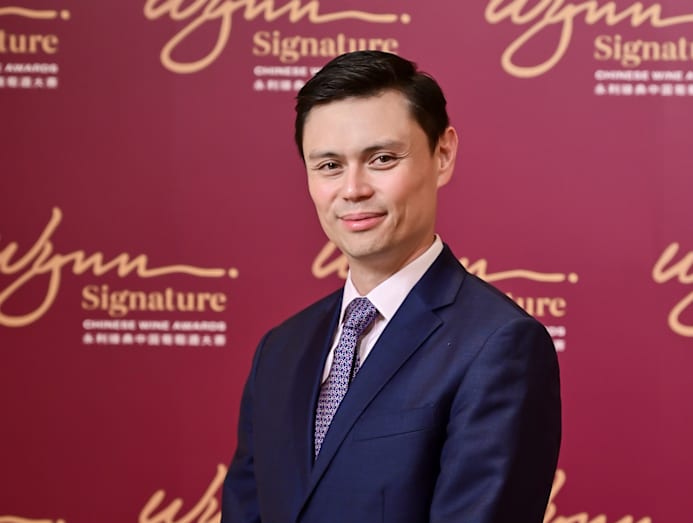 Eddie McDougall, founder of the Wynns Chinese Awards. (Photo: Wynns Resort Macau)
Eddie McDougall, founder of the Wynns Chinese Awards. (Photo: Wynns Resort Macau)
Walker highlighted the wine pricing is unregulated and influenced by market factors, cost of imported goods and the perception of quality wine. The inconsistencies can hurt export markets. And Chinese wines need export markets, she said. “It’s not just to sell wine, but also to create a reputation.”
At home, Ningxia wines are making their way to our wine lists. Marina Bay Sands’ new Cantonese restaurant, Jin Ting Wan, features 100 Chinese wines from six key regions, led by Ningxia. Head sommelier Joe Yang highlights prominent producers by region and style, pairing them with chef Albert Li’s Yue cuisine. Yang also offers a tasting menu of four to six Chinese wines at attractive prices.
The wines are widely available in Singapore. Here's our selection of five, which offers an authentic taste of Ningxia’s terroir.
Fei Tswei Owner’s Reserve Marselan 2020
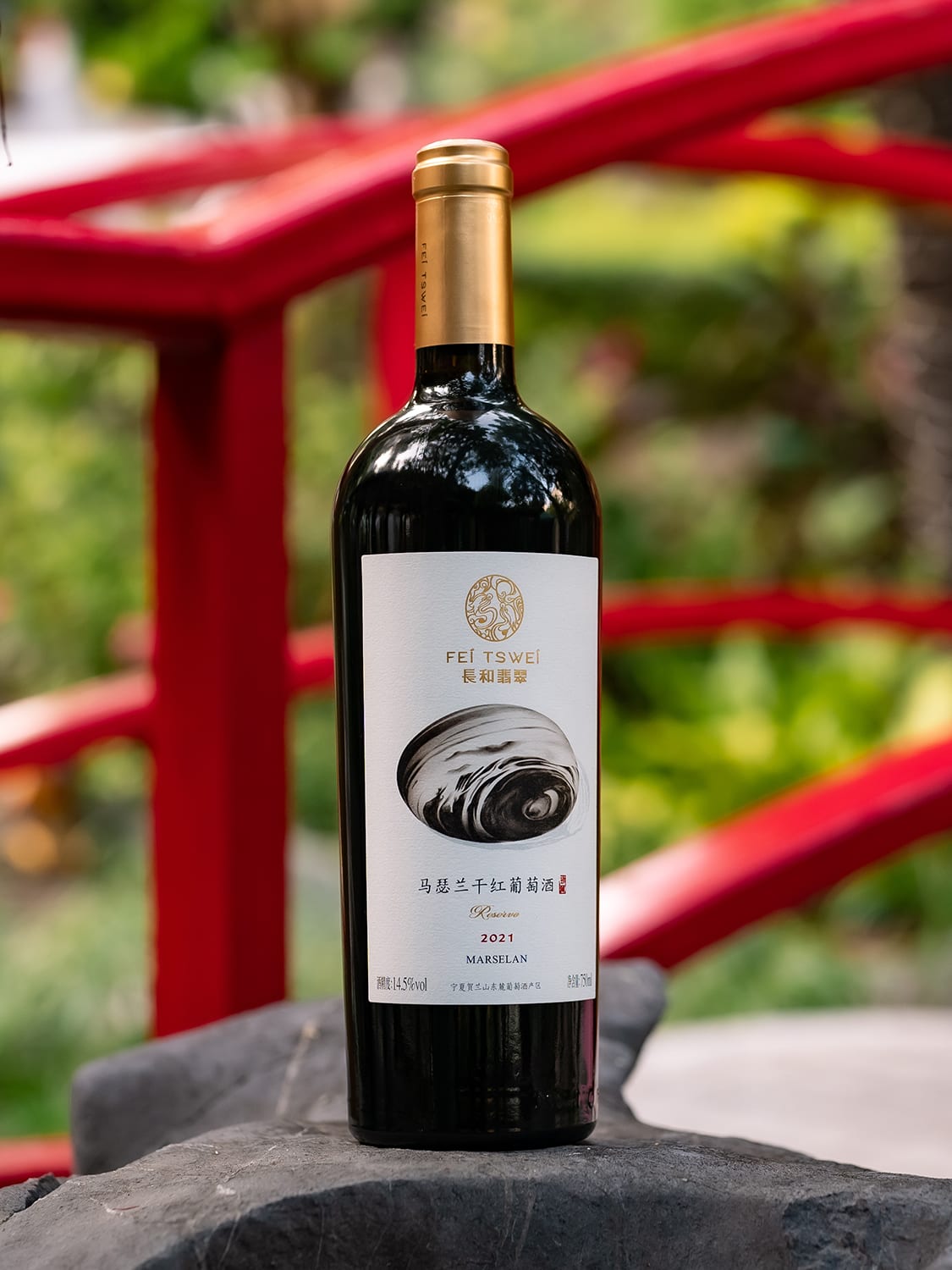 Fei Tswei Owner’s Reserve Marselan 2020. (Photo: One Cellar)
Fei Tswei Owner’s Reserve Marselan 2020. (Photo: One Cellar)
Winner of the 2024 Best Chinese Wine at Wynn’s Chinese Wine Awards, Fei Tswei Marselan shows alluring violet notes, warm spices, deep dark berries, and silky tannins.
S$138, One Cellar
Helan Qingxue Jia Bei Lan Reserve Red 2017
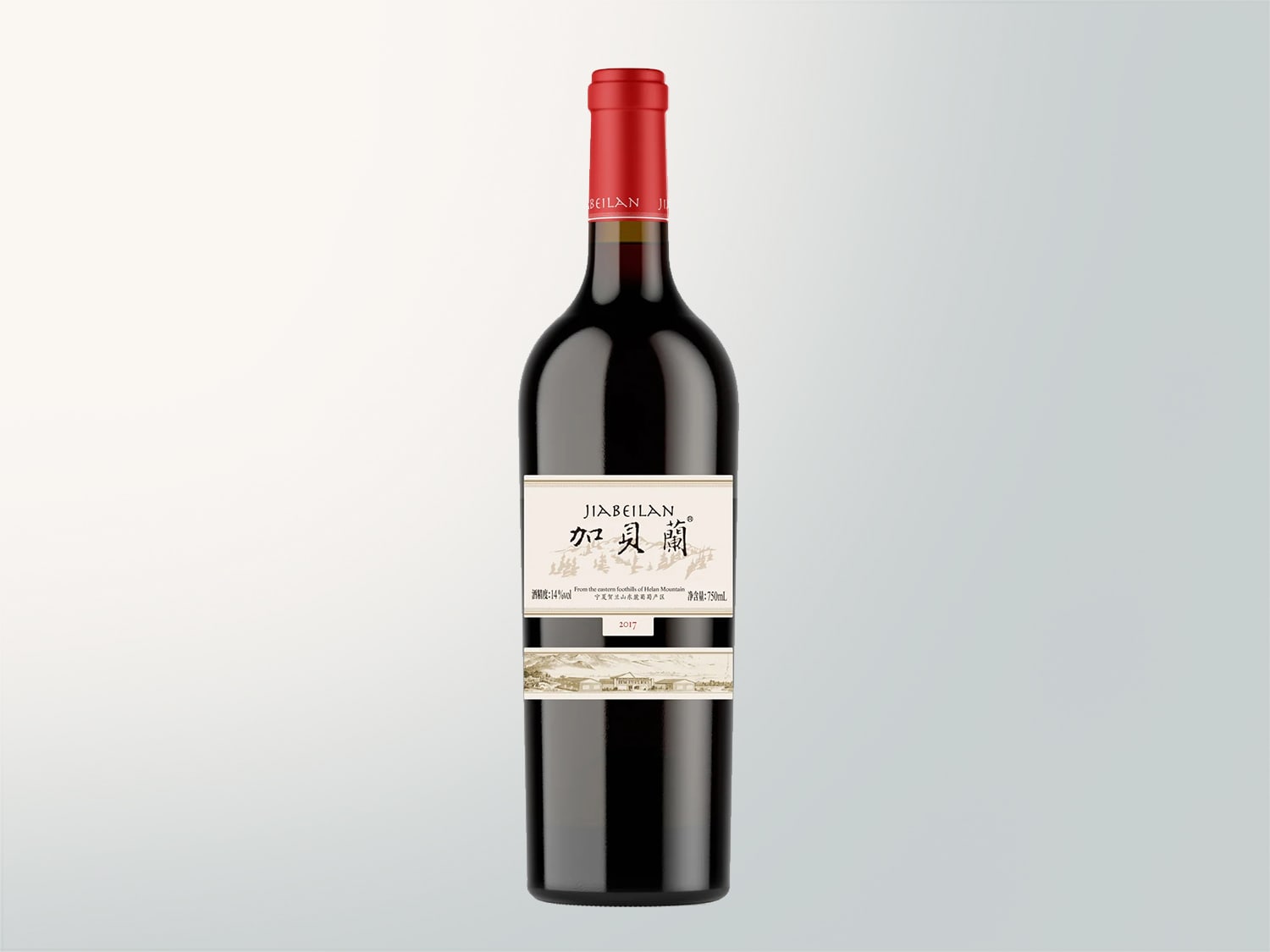 Helan Qingxue Jia Bei Lan Reserve Red 2017. (Photo: 1855 The Bottle Shop)
Helan Qingxue Jia Bei Lan Reserve Red 2017. (Photo: 1855 The Bottle Shop)
Award-winning winemaker Zhang Ling produces a Cabernet Sauvignon wine with an expressive nose, featuring ripe blackcurrants, cedar, liquorice, and attractive tannins.
S$99, 1855 The Bottle Shop
Xiaopu Soon Song Red 2022
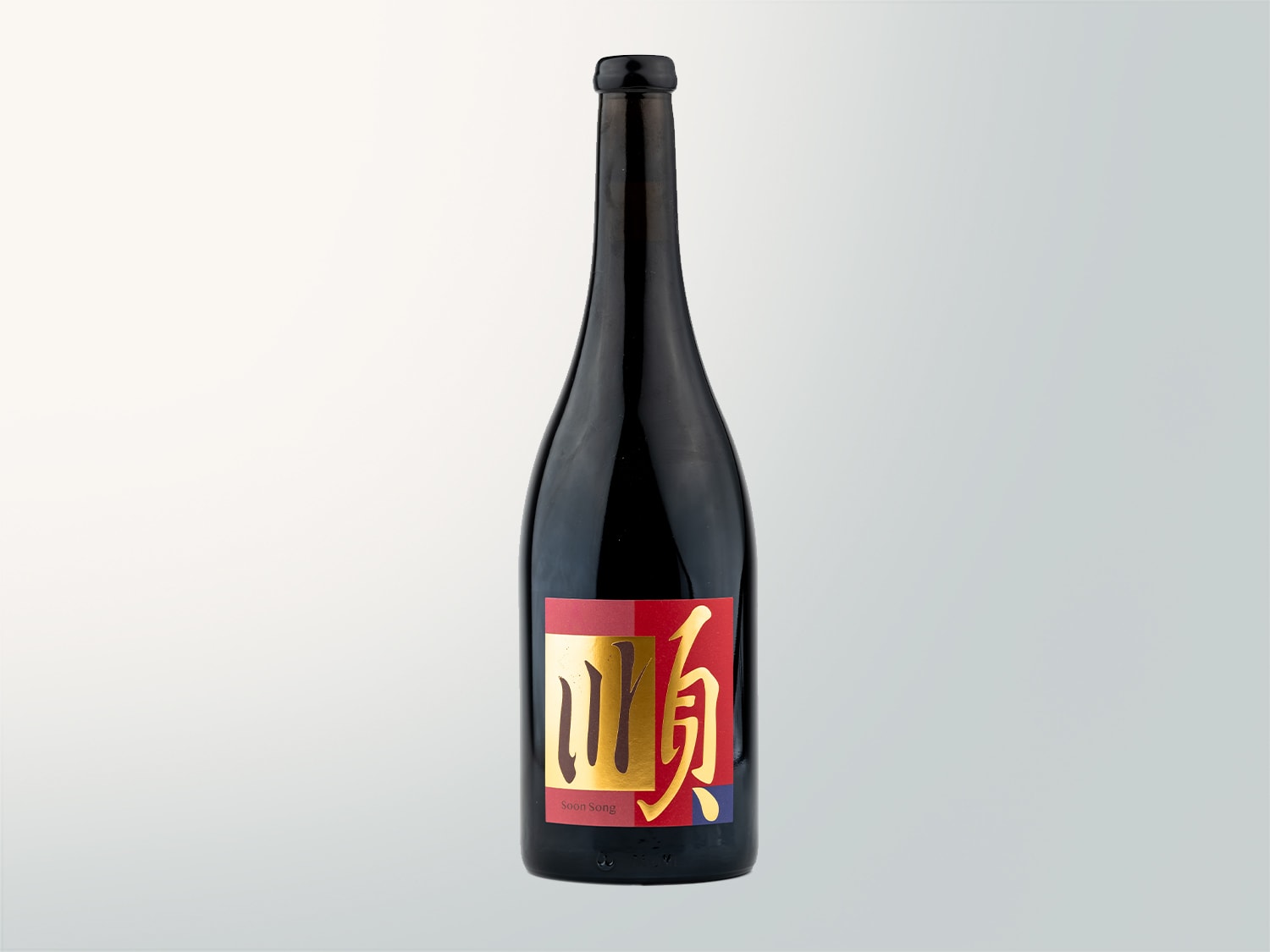 Xiaopu Soon Song Red 2022. (Photo: Raw Wines)
Xiaopu Soon Song Red 2022. (Photo: Raw Wines)
A blend of Merlot, Syrah and Dunkenfelder, this young and energetic red blend is laden with sweet red cherries and berries, incense and lifted acidity.
S$75, Raw Wine
Silver Heights The Summit 2021
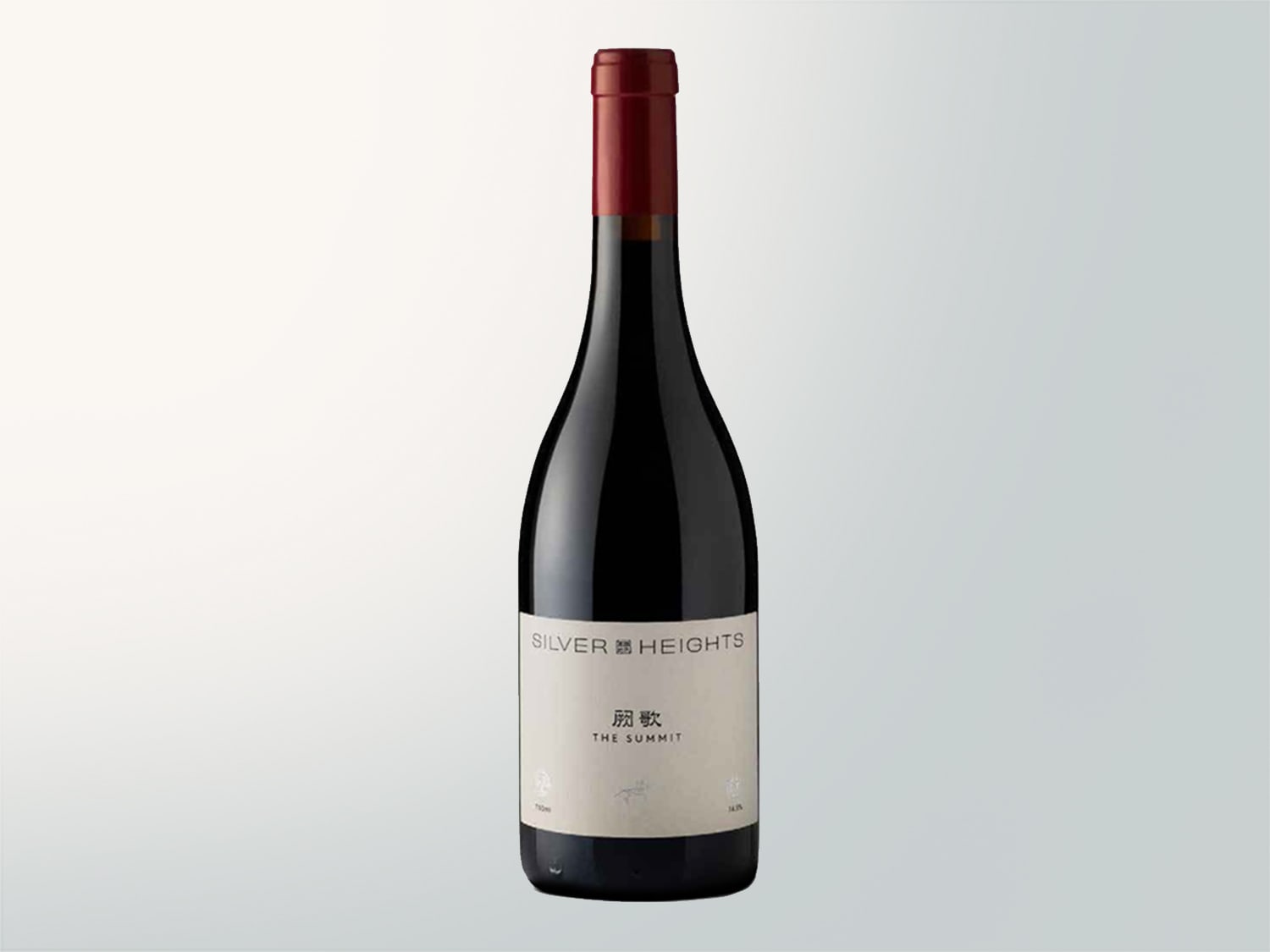 Silver Heights The Summit 2021. (Photo: Crystal Wines)
Silver Heights The Summit 2021. (Photo: Crystal Wines)
The highly acclaimed Bordeaux-trained Emma Gao practices biodynamic viticulture and minimal intervention winemaking. Her Cabernet Sauvignon presents a nose laden with violet, ripe black cherries on the palate, and warm spices on the finish. Aged in French oak barrels for 18 months, the wine has a long finish and bold tannins.
S$96, Crystal Wines
Kanaan Riesling 2022
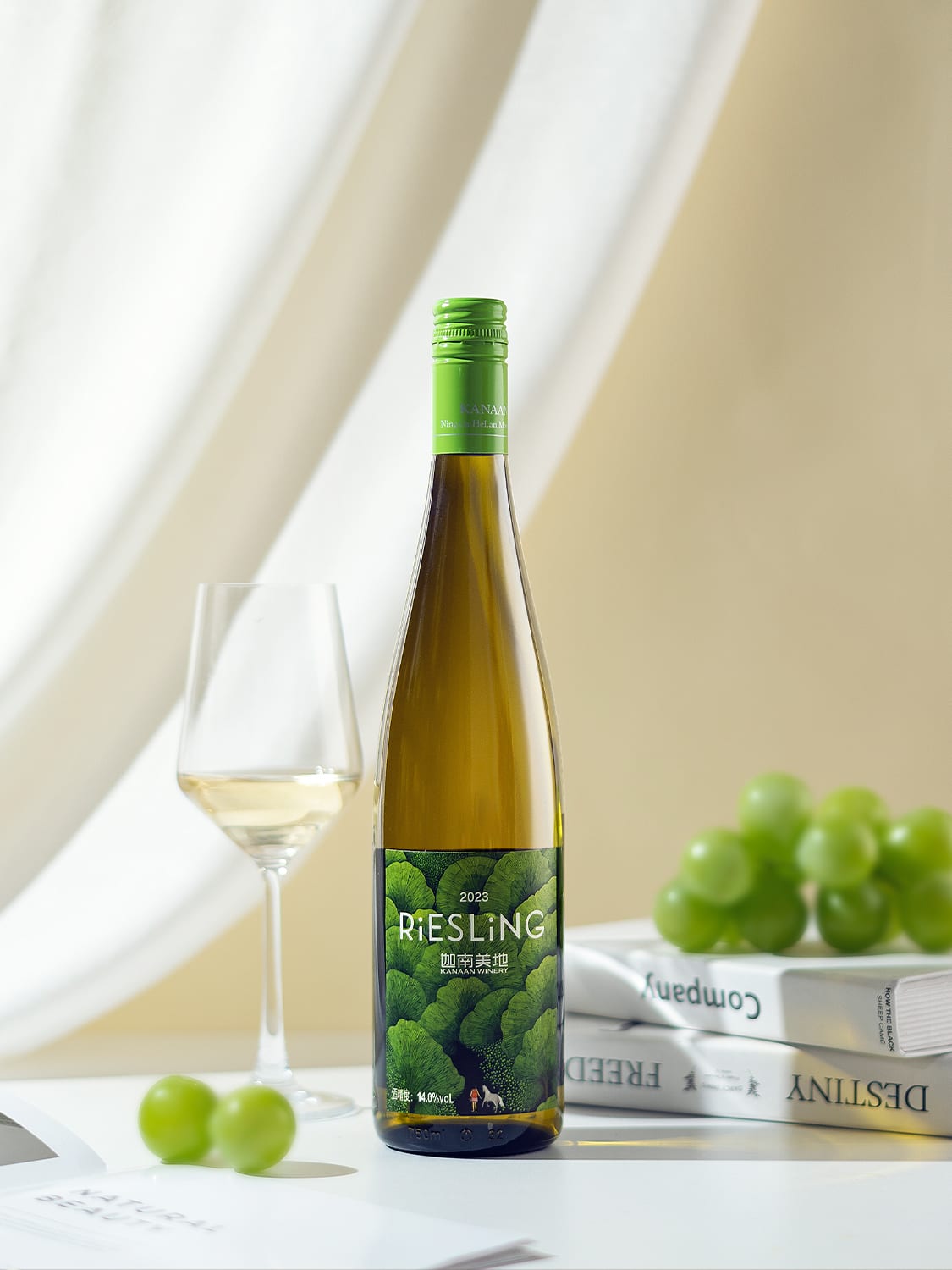 Kanaan Riesling 2022. (Photo: Ang Leong Huat)
Kanaan Riesling 2022. (Photo: Ang Leong Huat)
Apricots and kiwi fruit on the palate, full-bodied yet vibrant acidity. This is a stylish Riesling in its own right.
S$42, Ang Leong Huat







